

Okay folks. I’m calling it. 2016 is going to be the year of the smart home.
It’s going to be the year when everyone – your grandparents and technophobe friends included – embraces the Internet of Things. It’ll be the year when it finally pushes past being the preserve of early-adopters and power users, and enters the mainstream. You can quote me on that.
So, what makes me so confident? In a word: evolution. Smart home technology has undergone its own Cambrian Explosion, and it promises to make your life much more convenient in the years to come. Here’s why.
Amazon has had a busy few years.
In April 2014, they launched the Dash Wand. This allowed people to restock their pantries simply by scanning the bar codes of goods they’ve run out of. Less than one year later, they followed up with the Dash button. Available exclusively for Prime customers, it allowed people to order products from Amazon with merely the press of a button. No passwords, computers, or thought required.
A few months after that, the Amazon Echo exited beta, and was available for anyone to buy. One of the key features of this is that simply by speaking to a cylinder of metal and plastic, you could order items from Amazon. “Alexa, order me some pens”.
So, what do these have in common?
They’re not trying to change the shopping experience. Amazon doesn’t want to add layer-upon-layer of artifice. They will never, for example, release a virtual reality shopping app. That’s not their style.
They’re just doing what they’ve been doing since the mid-90s. They’re making it more convenient to buy things online. They’ve distilled the process of buying things into its purest, simplest form. The Internet of Things provides Amazon an excellent opportunity to do that.
I don’t doubt that this trend for simplification will be reflected across the smart home landscape. Eventually, device manufacturers will realize that people don’t want to replace their existing “dumb-products” with complicated dashboards and features they’ll never use. They just want the appliances they use to be better.
They’ll start to get wise to how things like machine learning algorithms, artificial neural networks, and artificial intelligence (AI) can accomplish this.
We’re already seeing some great strides in this direction. The Nest Learning Thermostat is a great example. It can learn from how it’s used, and set the household temperature according to the owner’s usage patterns. The latest iteration can even control household boiling units, in order to create hot water when it’s most in demand without being prompted. This is a great example of a smart home product that doesn’t try to reinvent the wheel, but simply make it better.
The WeMo Insight Switch has a similarly distilled design philosophy and purpose.
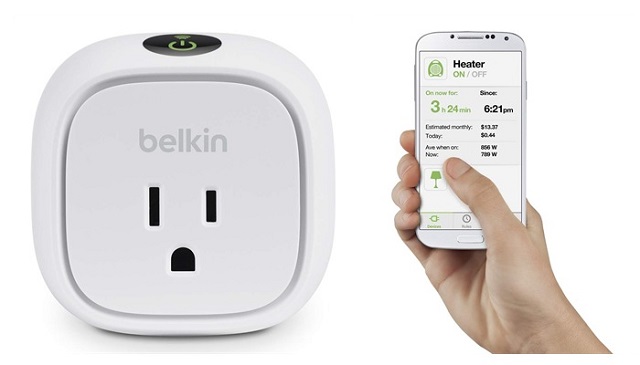
This is a “smart” electrical socket which can be remotely controlled and scheduled, in order to turn on a standard mains appliance. The units themselves are cheap, single-purpose (although they can track and monitor power consumption), and don’t have any complicated interfaces. You just control it through your smartphone. It does one job with a laser-focus, and it does it well.
That’s how it should be.
Computer-driven smart homes have been around for longer than you think, either as real-world products, or conceptualized in fiction.
In October of this year, long-time MakeUseOf writer Mihir Patkar interviewed someone who’s actually been using and building smart home tech since the 1980s. Before that, TV’s The Jetsons depicted what the homes of the future would be like, with every mundane task automated and computerized with a mesh of mechanical Rube Goldberg machines.
Believe me. Smart homes are nothing new. Despite that, it’s only recently that smart homes have started to take off. Why?
Well, there are a number of reasons. One of the biggest is that the display and UX (User Experience) technology required to make smart homes actually pleasant to use has only recently come to fruition. Nowhere is this more obvious than with Microsoft’s Smart Home concept video, which was released in 1999.
In six minutes, it depicts what Microsoft thought the home of the future would look like, through the prism of the technology that was available at the time. You’ll notice that many of the predictions it made eventually came true; from being able to track family members in real-time (realized by Google Latitude, and later Google Plus with Location Sharing); to being able to control lighting, sound, and security systems from a single control panel.
Despite that, you can obviously see that it’s not a seamless and (dare I say) graceful experience. The mother in the video has to use a static, desktop computer in the kitchen to control the environment. The daughter was using an old Microsoft CE Pocket PC, with a monochrome display and a resistive touchscreen. Household appliances were controlled from a static touchscreen control panel, again with a crummy resistive touchscreen. This was the crème-de-la-crème of smart home technology in the 90s, and it still kinda sucked.
So, what changed? In a word, smartphones.
Virtually every piece of smart home tech can be (and very often can only be) controlled through a smartphone. That’s not hyperbole.
We’re now at a point where you can set your home’s temperature, watch your security camera, and check for carbon monoxide from anywhere in the world, simply by using a smartphone. It’s something that’s both convenient and deeply personal.
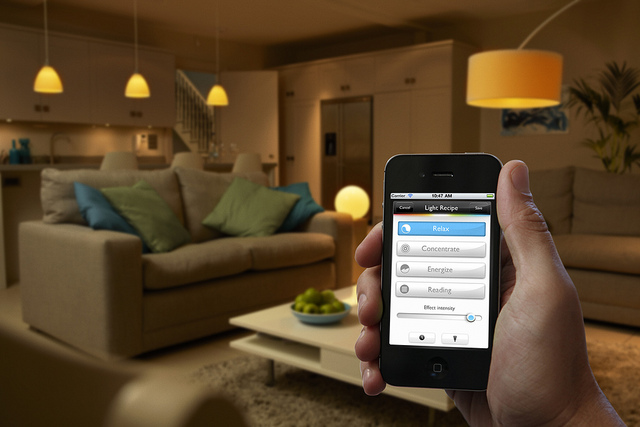
Phones themselves make for great devices for controlling smart home products, simply because they’ve evolved over the past ten years to be inherently easy to use. Google and Apple both have “style guides” which tell developers how to write applications that are accessible, and consistent.
Even the cheapest smartphone in 2015 has a screen that is relatively crisp and clear, and readable. Moreover, touchscreen technology has gone from sluggish, resistive touchscreens, to responsive, multi-point capacitive touchscreens being the norm.
Smartphones have essentially liberated smart home tech, and turned them from experiences that were frustrating and tethered, into something that’s personal, portable and delightful to use.
When a consumer technology product is first introduced, they’re expensive and appeal only to a small niche of users. Then, after a bit of time, they drop in price, reach a critical mass, and become ubiquitous. The only variable is how long.
It took twenty years for the laptop market to go from $2600 Powerbooks to $200 Chromebooks. That’s not adjusting for inflation. It took five years to go from $500 iPads (the first successful mass-market tablet computer), to $50 Kindle Fires. You can now get a half-decent smartphone for about $30. It’s remarkable.
Smart home technology is no exception to that, with prices having dropped precipitously over the past few years. Our Christmas home automation buyers guide was a great example of that. Virtually everything listed was comfortably under $200. Some, like the Belkin WeMo Light Switch and WiMo Insight Plug, could be had for under $50.
As prices continue to drop, we can expect to see more and more homes augmented with smart home technology. They’re now entering the price range where they could be an impulse buy. Especially when you consider that some of the more popular products on the market have the marketing clout and finesse of Google, Philips and Honeywell behind them.
So, let’s recap. The latest smart home gear is all about improving existing devices and processes, not augmenting them with additional features. The devices are increasingly beautiful and easy to use, and are getting cheaper by the day. All of this is a recipe for success.
But what do you think? Let me know in the comments

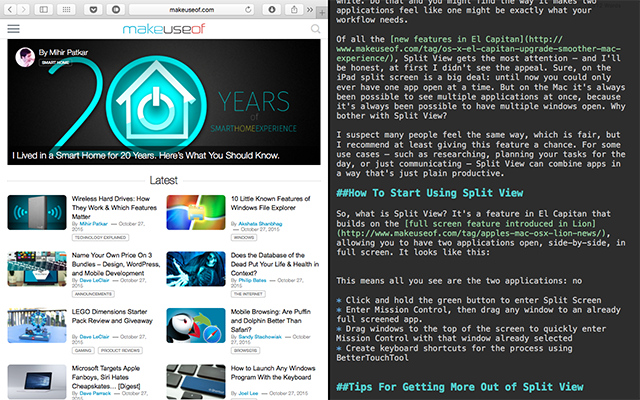


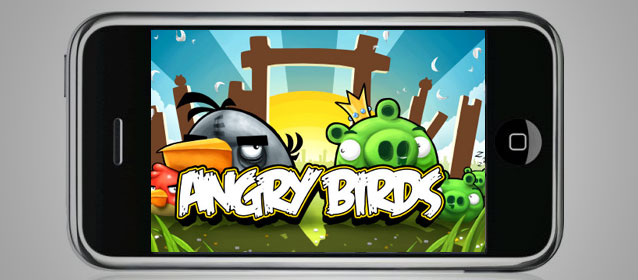 Top 10 Best iPhone Games of all time
Top 10 Best iPhone Games of all time Evolve Monster Guide: Goliath
Evolve Monster Guide: Goliath MGS V: The Phantom Pain PS4/XB1 Error Fix: Unlock Day One Single Player DLC, Stuck At Installing Game Data Screen
MGS V: The Phantom Pain PS4/XB1 Error Fix: Unlock Day One Single Player DLC, Stuck At Installing Game Data Screen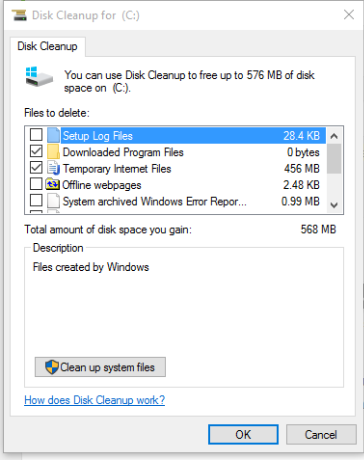 How to Reclaim the 24 GB Used by Windows 10 November Update
How to Reclaim the 24 GB Used by Windows 10 November Update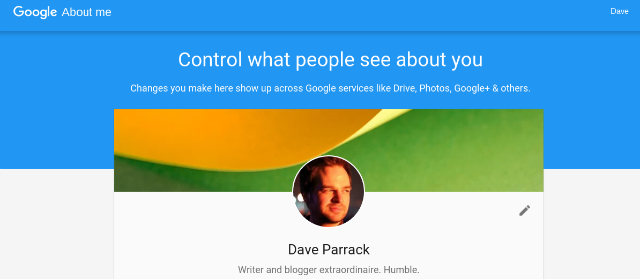 What Google Knows About You, Windows 10 Powers Xbox One... [Digest]
What Google Knows About You, Windows 10 Powers Xbox One... [Digest]